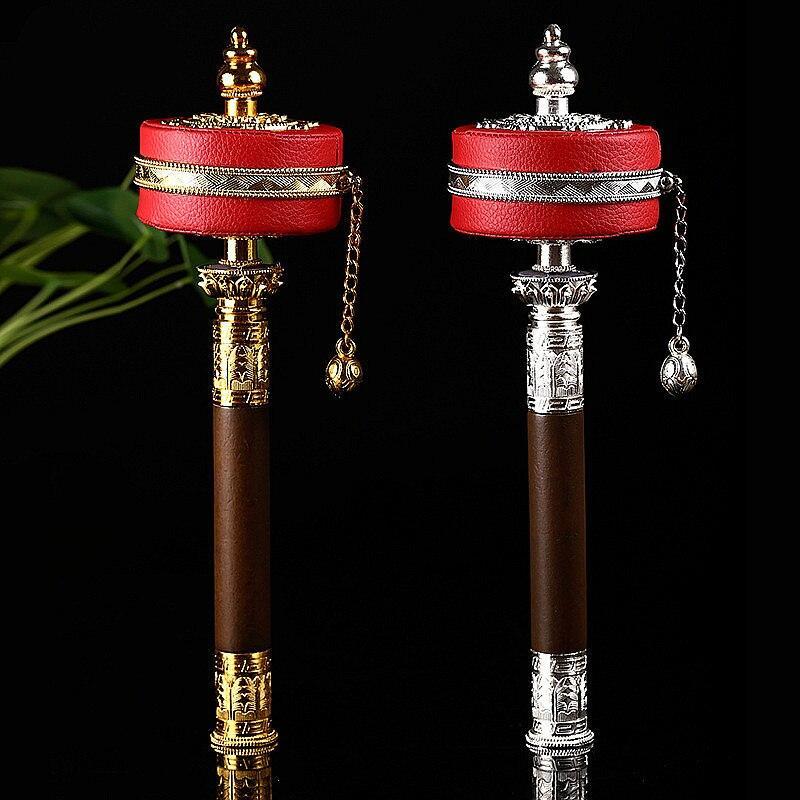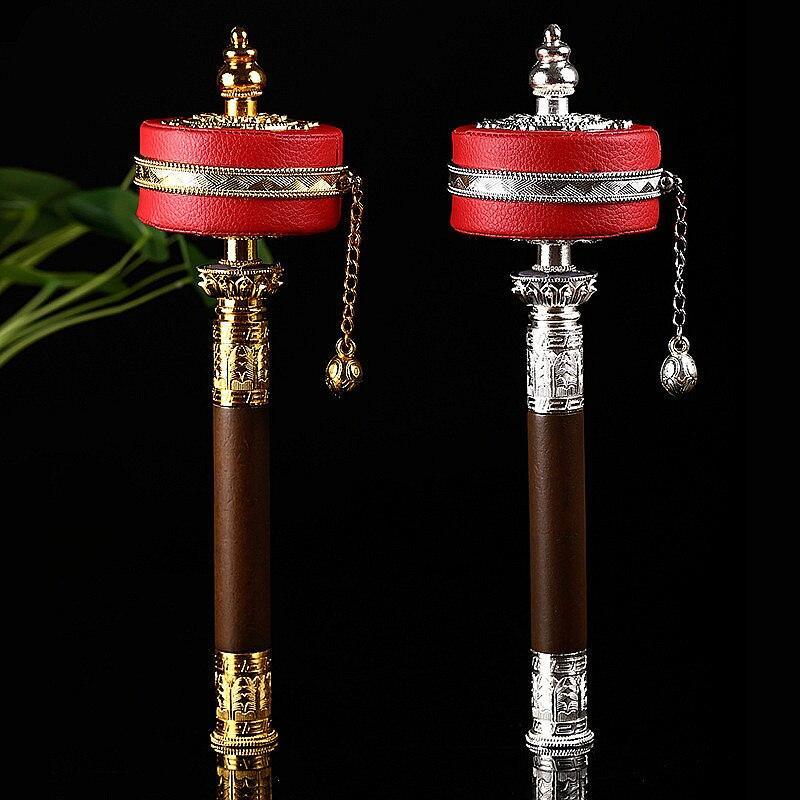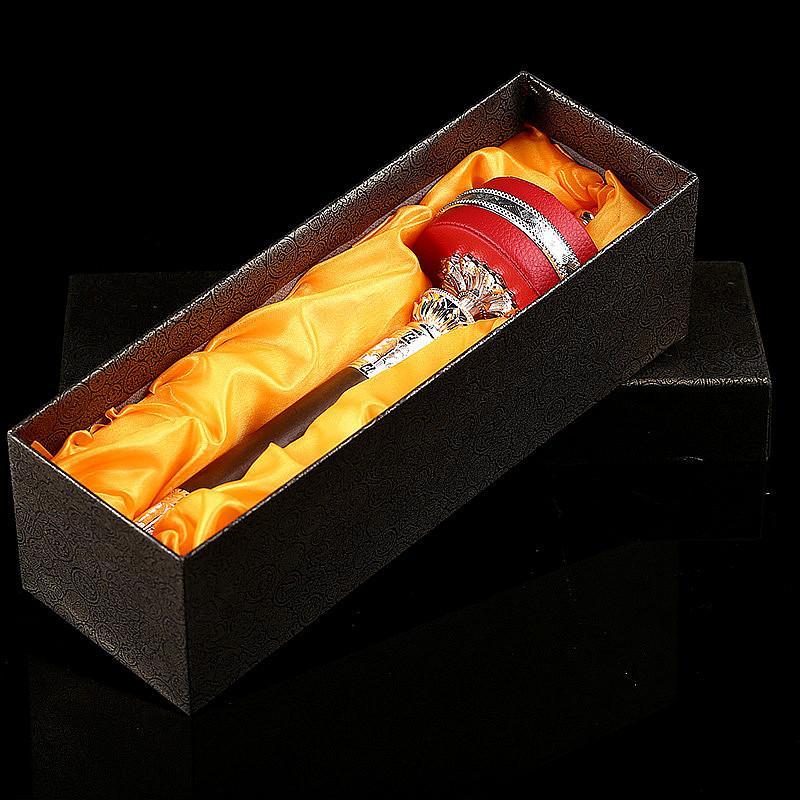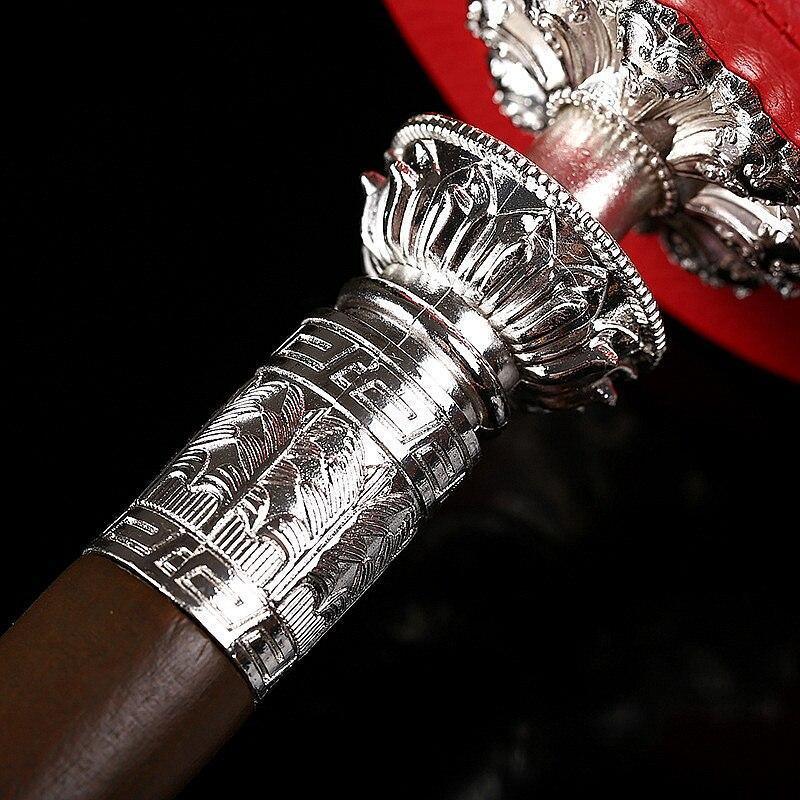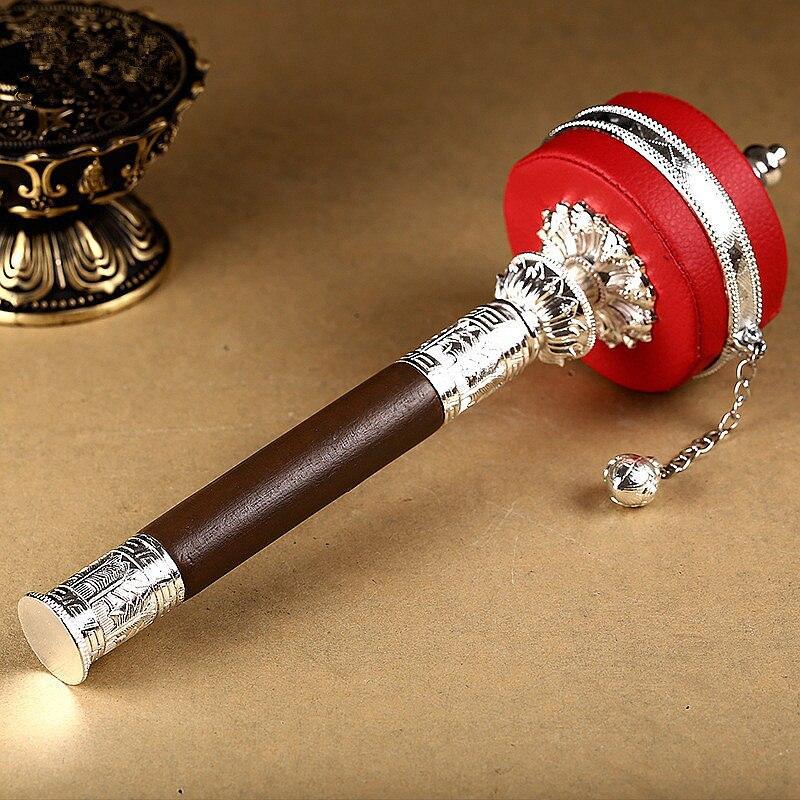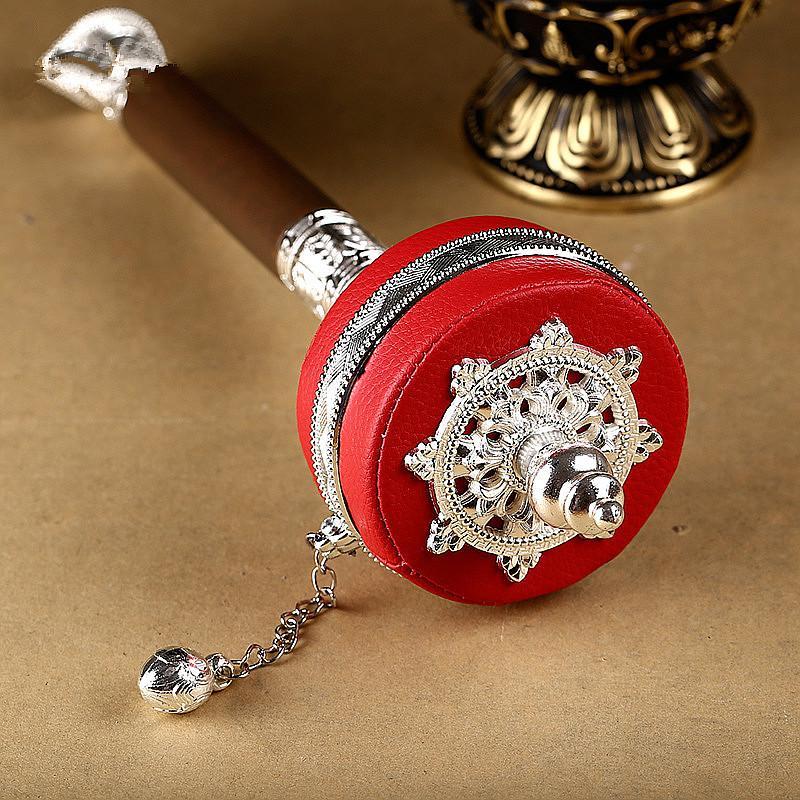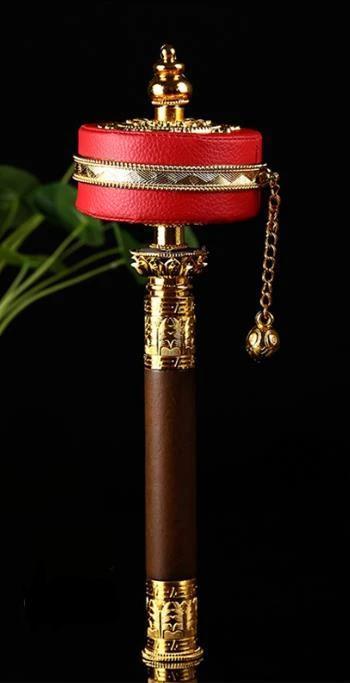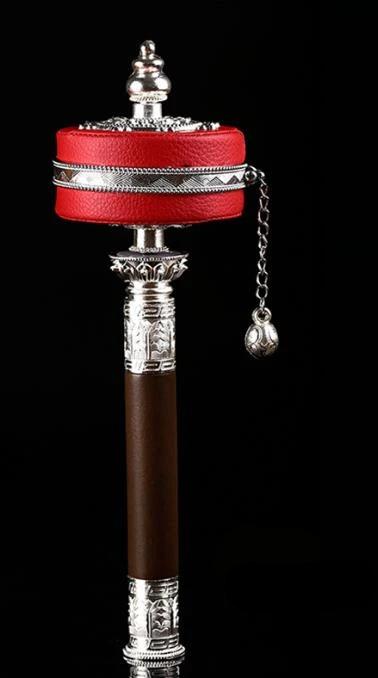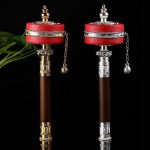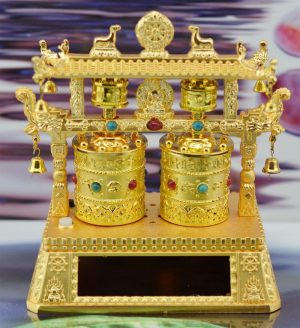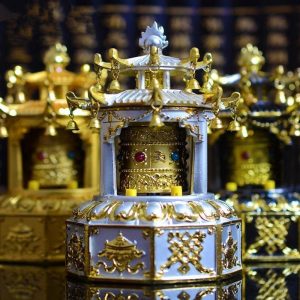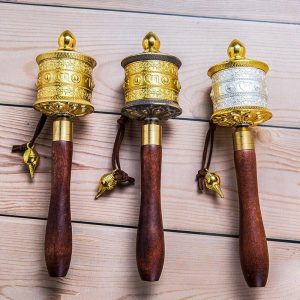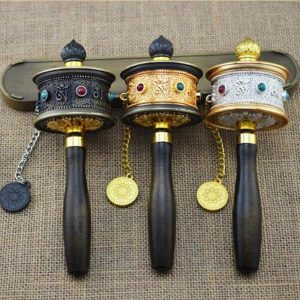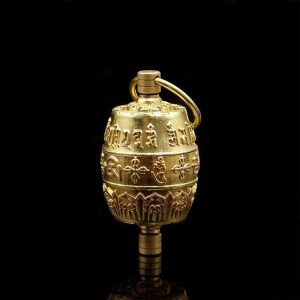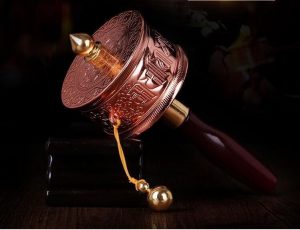- Material: Copper Alloy
- Height: 28.5cm
- Mill: Diameter: 4cm | Height: 4cm
- Six Syllable Mantras
- FREE SHIPPING
How and for what reason do you resort to a Buddhist Six Syllable Leather Buddhist Prayer Wheel?
Buddhist prayer wheels serve multiple Tibetans every day on the roof of the world, often for hours. Buddhists turn the prayer wheels to agglomerate consecrations , to protect all Men and to purify their chakra.
According to the Great Master Dalai Lama, “At the reward of human beings , Buddhas and Bodhisattvas declare themselves in a Buddhist Prayer Wheel six leather syllables to purify all our negative karmas and obscurations , and to arouse us to actualize the executions of the path of enlightenment. “
Turning a Buddhist Six-Syllable Leather Prayer Wheel with hundreds of mantras in it is equivalent to revealing those thousands of mantras, but it is done in a flash . Multiplication of benefits is also received by using the wind and water manipulated prayer wheels. Hence the wind or water in connection with the prayer wheel will be purified by the prayer wheel and can thereby bless everything it touches from corrupting karma .
Pilgrims are constantly seen going on their expedition with prayer wheels in hand, or on their pilgrimage, they spin a six syllable leather Buddhist prayer wheel in the monasteries and Buddhist center they explore .
With each spin of the Buddhist Six-Syllable Leather Prayer Wheel, the Bodhisattva whose mantra is inscribed on it flows from the wheel into beings as abundant as the mantras. For example , if there are a hundred Manjushri mantras rolled up in the Six Syllable Leather Buddhist Prayer Wheel, then a hundred Manjushri manifestations will be fulfilled with each turn of the Six Syllable Leather Buddhist Prayer Wheel and benefit the rest of the world.
Despite this, it is known that the benefits of turning the wheel of the Six Syllable Leather Buddhist Prayer Wheel with a mindfulness are a hundred times greater than turning it with an evaporated thought.
Description of a Six Syllable Leather Buddhist Prayer Wheel?
A Six Syllable Leather Buddhist Prayer Wheel is a sample of Buddhist processes. This method allowed pilgrims to amplify by large numbers the number of prayers they expressed.
In fact, the Buddhist Six-Syllable Leather Prayer Wheel is filled with replicas of mantras such as Avalokiteshvara’s om mani padme hum mantra. The mantra is inscribed on silk sheets as many times as possible, often a large number. The paper is girded around an axis and placed in a safety cylinder.
Nowadays, the microfilm method has made it possible to evoke thousands, even hundreds of millions of prayers in a single turn of the wheel.
The size of the prayer wheels varies from the modest hand-held wheel to monumental wheel bolted into the wall of a monastery, in the manner of a revolving basement.
The size of the prayer wheels varies.
They are made in order to be set in motion by hand, by a gust, hydraulics or fire. When they belong to a monument, the monks go around the monastery in a clockwise direction and turn the wheels as they move forward. Because of this, they enjoy the advantage of bypassing the sacred building and enjoy the benefits given thanks to the Buddhist prayer wheel six syllables leather.
The Benefits of a Six Syllable Leather Buddhist Prayer Wheel
Prayer wheels are made in a few sizes: they can be small and hung on a stick a pole, and turned by hand; intermediate and hung in buildings or buildings , or very large and set in constant motion through a water mill. But the small hand-held six-syllable leather Buddhist Prayer Wheels are largely the most widely used.
Simply touching and turning a six-syllable leather Buddhist Prayer Wheels attributes an unimaginable purification and gathers fantastic reverence . It is believed that the more mantras one utters, the more merit one gains , which multiplies one’s chances of benefiting from a greater incarnation and permanently reaching nirvana .
Touching or spinning the Six-Syllable Leather Buddhist Prayer Wheel is considered so effective that it is compared to a hundred worshippers praying for a lifetime.
One of the advantages of the Six-Syllable Leather Buddhist Prayer Wheel is that it represents all the works of the Buddhas and Bodhisattvas of the 10 directions. At the income of Men, the Buddhas and Bodhisattvas show up in the prayer wheel to consecrate the totality of our corrupting karmas and obscurations , and to urge us to actualize the realizations of the road to enlightenment.
It is imagined that reciting prayers with the help of the Six Syllable Leather Buddhist Prayer Wheel grants all that a monk wishes for .
One inflexibly finds that turning the Buddhist Prayer Wheel six syllables leather with reproach and abjection will encourage you to refuse the four evil deeds, the five deeds of immediate retribution, the eight evil views not to mention the ten non-virtues.
Anyone who twirls the Buddhist Six Leather Syllables Prayer Wheel in his or her life should never again be reborn with deformities during his or her life, nor with disorders such as blindness, deafness, dumbness, or infirmity.
Prayer Wheel Types
Prayer Wheel: Mani Wheel (a hand-held prayer wheel)
Prayer Wheel: Water Wheels (turned by flowing water)
Prayer Wheel: Fire Wheel (turned by the heat of a candle or electric light)
Prayer Wheel: Wind Wheel (a kind of prayer wheel spins by wind)
Prayer Wheel: Fixed Prayer Wheels
Prayer Wheel: Electric Dharma Wheels (powered by electric motors)
Swiveling this Buddhist Prayer Wheel six syllables leather and declaiming is measured as one of the wisest and most favorable activities. Commonly built at the edge of stupas and buildings , a number of Buddhist prayer wheels can be calculated in thousands for monks to spin as they pass by or as they circle around buildings or stupas clockwise.
A well-known example of many prayer wheels in one place can be the glorious stupa of Swayambhunath, where many prayer wheels are built around the huge stupa of Swayambhunath. The precept to be implored when turning the Buddhist prayer wheels is “OM MANI PADME HUM” or “OM MANI PEME HUNG”.
